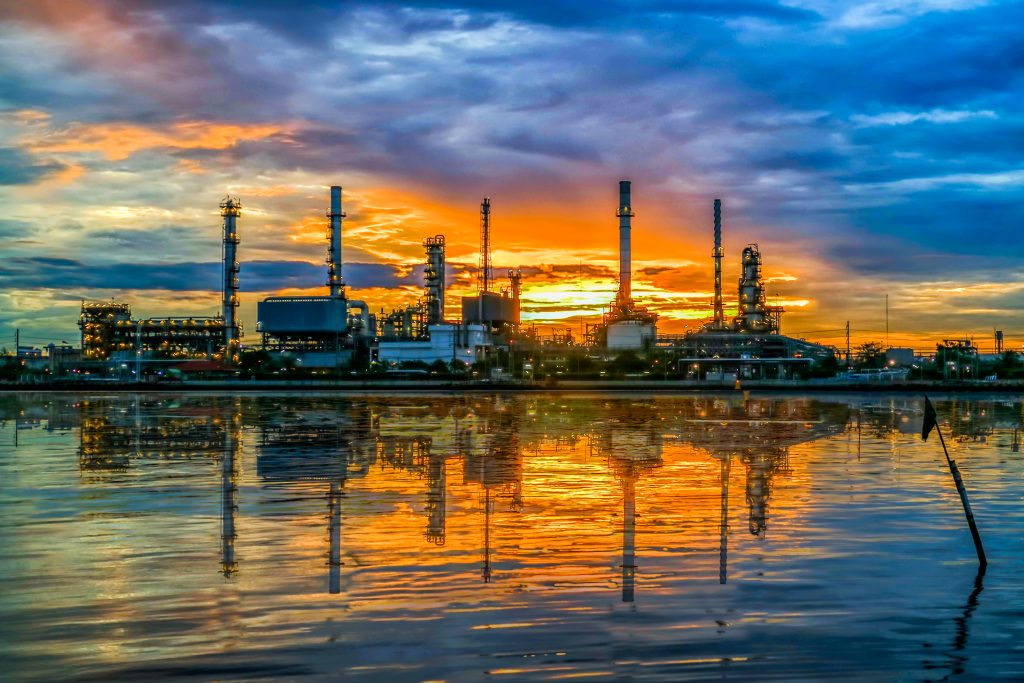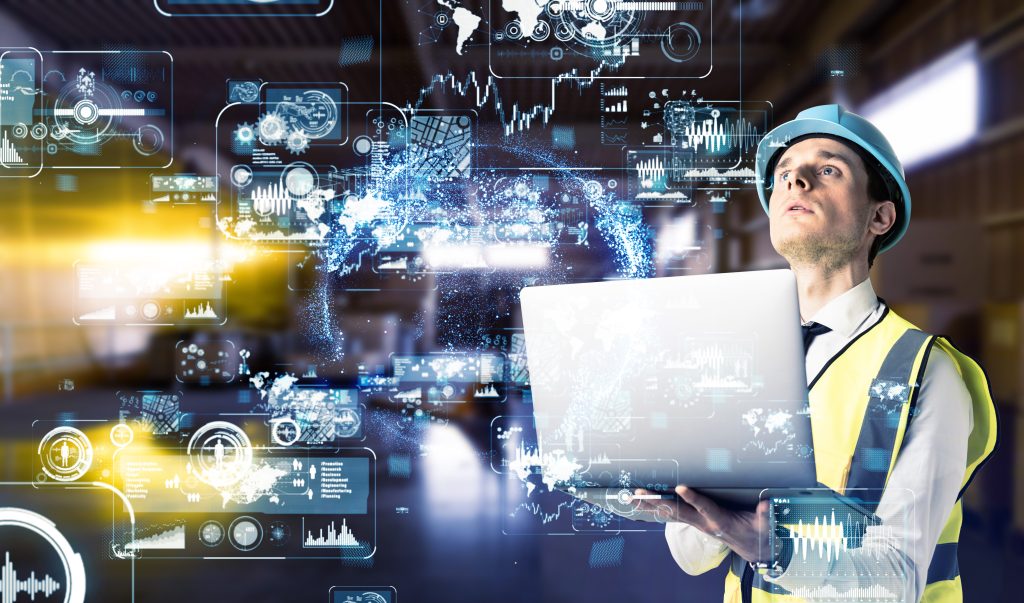The circular economy is sustainability executed across the entire product lifecycle—a “come-full-circle” realization of the goal to utilize products and their materials and components for as long as you can to get their fullest value, then recover as much as you can from them at the end of their useful life.

The idea seems poised for takeoff in 2019. The Ellen MacArthur Foundation articulates three principles for a circular model: design out waste and pollution, keep products and materials in use, and regenerate natural systems. Key elements include material selection, standardized components, and design for end-of-life separation and reuse that considers applications for byproducts and waste.
The World Economic Forum emphasizes the difference between the circular economy and recycling. In the former, “Waste does not exist: products are designed and optimized for a cycle of disassembly and reuse,” it says. “These tight component and product cycles define the circular economy and set it apart from disposal and even recycling, where large amounts of embedded energy and labor are lost.”
Partners with cross-supply-chain knowledge can help. Looptworks worked with Southwest Airlines to up-cycle 80,000 leather seat covers that were being replaced to reduce weight for fuel savings into totes, duffel bags other goods. Southwest told Sustainable Brands that it wanted to close the loop in its supply chain, and learned a lot about how to create a product from waste. “It’s helping us think differently about the waste we produce as a company, and look further back into our supply chain and think about how to create it differently or retire it differently,” explains a Southwest executive.
HP is known for recycling printer cartridges; now it’s making over 80% of them with used plastic. Its re-manufacturing programs give printers, personal systems and monitors a second life, reducing the environmental effects of disposal. “We only recycle products that cannot be reused,” HP says. Caterpillar is another believer. “We keep resources in the Caterpillar value chain through a circular flow of materials, energy and water whenever possible,” the company says.

One noteworthy concept in the circular economy is “active disassembly”—design practices that facilitate fast, non-destructive disassembly of products and components. “Active disassembly addresses some of the barriers associated with designing for re-manufacture, including cost of new design, time, labor and quality of recovered components,” reports the Ellen MacArthur foundation.
A digital supply chain is crucial to the circular economy—delivering visibility via a digital, collaborative platform into which parts and materials across the value chains that intersect a given product can be kept in the loop. “Without a digital supply chain, it will be almost impossible to coordinate all the moving parts the circular supply chain requires in real time,” Christian Lang, Tradeshift CEO, told the Chartered Institute of Procurement & Supply.
The result mirrors the unified ideal of interlocked Olympic rings. “Outputs become inputs, because your goods don’t end their life with their customers, but become an input in your supply chain,” Lang says.
